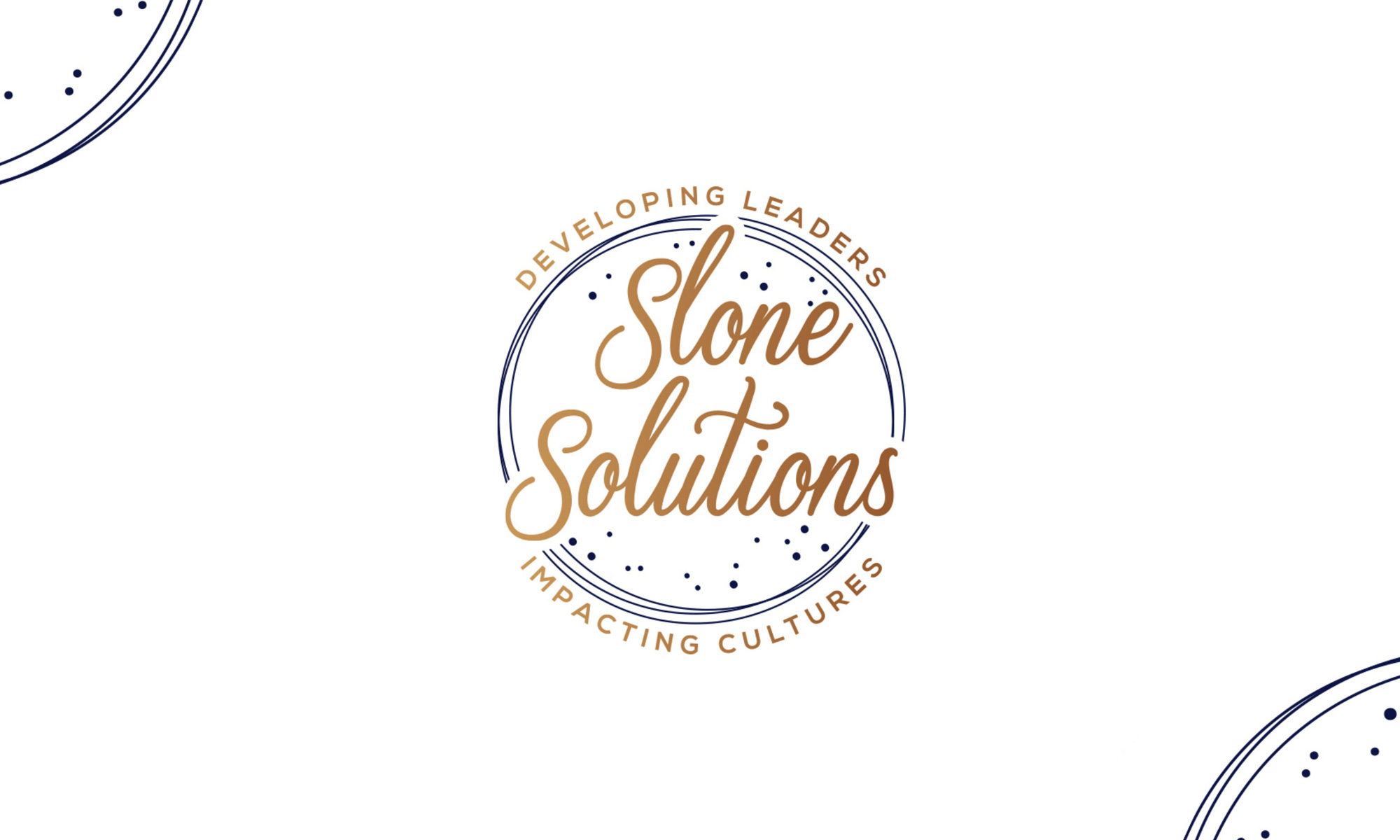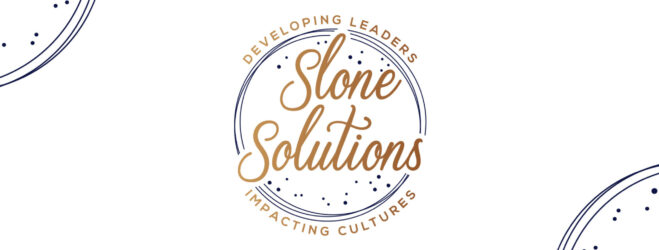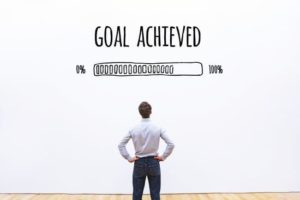 It’s almost protocol. Nearly anywhere you go, before you enter the space, a thermometer is pointed at your head to ensure you’re fever free. They’re taking your temperature. Being proactive. Not a bad thing to be in any client engagement space. Maybe we could finally learn something from this pandemic. Are you taking the temperature for your client base? Yep, totally spinning this to customer service. What would it take for your team to provide consistent unwavering and exceptional customer service?
It’s almost protocol. Nearly anywhere you go, before you enter the space, a thermometer is pointed at your head to ensure you’re fever free. They’re taking your temperature. Being proactive. Not a bad thing to be in any client engagement space. Maybe we could finally learn something from this pandemic. Are you taking the temperature for your client base? Yep, totally spinning this to customer service. What would it take for your team to provide consistent unwavering and exceptional customer service?
Charles Schwab said, “Good business is good relationships.” These wise words resonate to this day. It’s the relationship and the experience. Yet, we get so focused on the next sale, the next conquest, the next cha-ching. What do we do to keep the relationship current with our current and existing client base?
We buy products and services and things from the people we trust. Our clients share this same paradigm. And this viewpoint is very elementary in nature. We KNOW this. Where most of us fail is maintaining the relationship after the sale. Consider the gym membership. Your new car purchase. The financial advisor who earned your business. Have you heard from them in a while?

The start of any business relationship is like dating. The honeymoon stage. You’re excited. You get butterflies in your belly. You’re on your best behavior. You’re gung-ho on the new relationship. But like a fading fresh paint smell, when it comes to follow up and staying engaged, we get in our own heads and start thinking, “this element of networking is weird and awkward.”
Then we attribute the non-engagement to the market, buying trends. We think:
“Most gym memberships drop off in March.
I send a quarterly portfolio.
It’s a lease. They’ll be back when the term is up.”
What would it look like to ensure the relationship is sustained? How are you taking the temperature? What do you do to constantly obtain feedback and insights from your client base?
My friend and real estate agent Brenda D’Amore with Keller Williams Inspire is the YODA of taking the temperature for client retention. I’ve utilized her real estate expertise and have referred her business. I trust and know her team will not only sell or rent a property, but that she has the resources to facilitate the process. She comes with a menagerie of house inspectors, general contractors, and attorneys. Her role is to be a resource. Buy your new home with confidence. That’s just the buying journey.
 Brenda has mastered the cadence for follow up for client retention. She champions the element of remaining in contact with clients. Think about it. How often do we buy a house? I not only receive the magnet with the sports schedules for the side of my fridge, but recipe cards, and phone calls and emails. Brenda is constantly touching base to see how we’re doing. During the holidays, she hosts an open house at her Geneva office and provides pies for your family to serve for a holiday dinner. When I’m adding whipped cream to my pumpkin pie and my family asks where it came from, Brenda becomes the topic of conversation. You see? It’s the relationship.
Brenda has mastered the cadence for follow up for client retention. She champions the element of remaining in contact with clients. Think about it. How often do we buy a house? I not only receive the magnet with the sports schedules for the side of my fridge, but recipe cards, and phone calls and emails. Brenda is constantly touching base to see how we’re doing. During the holidays, she hosts an open house at her Geneva office and provides pies for your family to serve for a holiday dinner. When I’m adding whipped cream to my pumpkin pie and my family asks where it came from, Brenda becomes the topic of conversation. You see? It’s the relationship.
So, I ask again, how are you taking the temperature of your clients? What are you doing to sustain engagement?
Below are a few tips to sustain that honeymoon phase with your client base.
-
- Genuinely and sincerely value the client and how they contribute to your business.
- Ask your client how often they want to hear from you. Then…. Create a cadence for constant touch points.
- Plan a calendar for one week, one month, 3 months, 6 months, a year, two, milestones, birthdays, etc.
- NOTE – every month has a national day to celebrate coffee, dogs, chocolate, etc. Pick a topic and celebrate with a promotional item for your clients.
- Extra points if it’s specific to your client preferences or need
- Take notes to remember personal things about your clients;
-
-
- kid sports, dog names, hobbies, etc.
-
-
Have fun and never stop taking the temperature. You never know where the next referral will come from. In business, that’s the highest compliment to receive.





 Valentine’s has passed. The shortest month of the year is coming to an end. Every day we are closer to Winter’s end and the days grow longer with additional sunlight. Green decorations, anticipation for Spring and thoughts of March Madness are on the horizon. We’ve stopped greeting each other with “Happy New Year.” Yet……..have you made any strides on your resolution or Q1 goals? Are you implementing? Or, has the adrenaline rush for a magnificent 2020 tapered as daily routines absorb your attention? Have priorities shifted? What are you doing to keep momentum?
Valentine’s has passed. The shortest month of the year is coming to an end. Every day we are closer to Winter’s end and the days grow longer with additional sunlight. Green decorations, anticipation for Spring and thoughts of March Madness are on the horizon. We’ve stopped greeting each other with “Happy New Year.” Yet……..have you made any strides on your resolution or Q1 goals? Are you implementing? Or, has the adrenaline rush for a magnificent 2020 tapered as daily routines absorb your attention? Have priorities shifted? What are you doing to keep momentum? EMOTIONS
EMOTIONS